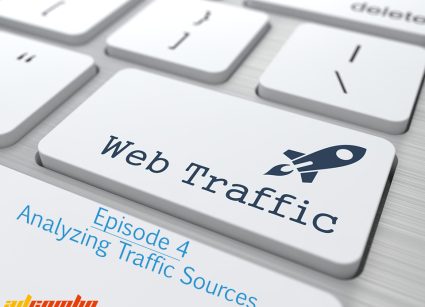-
 AntiDETECTED. Part 119.2.2019Reading Time: 3 minutes
AntiDETECTED. Part 119.2.2019Reading Time: 3 minutesThe main rule of Facebook (that everybody always breaks) is that each person can have only one Facebook account. Sometimes accounts are blocked not because of breaking the social network’s policy or rules but because of creating fake accounts. Moreover, in such cases Facebook provides no reasons – it just blocks your account and that’s it.
According to Zuckerberg, the network’s antifraud is programmed to impose the maximum punishment for fake accounts. Sometimes Facebook doesn’t block fake accounts which it has already found, to find other accounts (which break the rules) using the recognition system and big-data analysis. Fair enough though – with the exception of data breaches, 99% of the network’s problems arise out of fake accounts. Zuck detects and blocks them on time, thus protecting his platform in general.
And we have to admit, he’s doing quite well.

Facebook relies more on the analysis of behavioral factors rather than on fingerprinting and user identification. The limit of the profile quality depends on the various combinations of three groups of factors: Facts – Connections – Actions. So, first things first.
Facts are the data (related to a Facebook profile) including the following info:
- Devices system configs (mobile and desktop). All the computers and mobile phones that were used to log in, visible connected devices (or visible within one wi-fi connection), devices within one IP range;
- All cookies, IP-addresses, DNS used and other elements of the network;
- Added payments instruments;
- The content of ad accounts (businesses, domains, apps, creative materials, etc.);
- The content of a profile (list of friends, a text of messages, groups, fanpages etc.). All the data from the security panel that you can download (My Facebook Information tab).
Connections are the links Facebook may establish that related to a profile as well:
- All cases of a match of facts with other accounts;
- All identical (or almost identical) actions with other accounts.
Actions are the consistent activity of devices, connected with a profile, during which facts and connections are emerging.
Facebook collects all three data-bases. They are connected to each other and regulate one another. Eventually, the system assigns a quality indicator (based on the analysis of the data) to every network’s user. Facebook calls it USER_TRUST while Google calls it Quality Score.

And there raise two interesting questions:
- How to organize actions in your account in such a way that they would act differently than other fake accounts?
- How to achieve a sufficient level of anonymity when the system couldn’t find any connection or fact that matches with other accounts?
However, with regard to behavior, there are a lot of different guides (based on experience and practice of other moneymakers) on how to create an account before registration, after registration, and before the first ad campaigns. But, unfortunately, we can’t say the same thing about the second question. Speaking of anonymity and confrontation the antifraud systems – it’s not that easy.
As we said before, 99% of Facebook problems are made by fake accounts. Spam, credit card fraud, black-hat marketing, social engineering, angry russian hackers – all of this is the work of fake accounts. And a man would be an idiot to add a stolen credit card using his real name.
Obviously, such a big platform as Facebook uses the most advanced identification technologies. The network starts watching you before you create an account there. Up-to-date farming methods take into account cookie analysis and visiting websites with Facebook Pixel. Otherwise, a successful launching is not assured.
Modern identification systems are based on the fingerprintjs technology developed by Valentin Vasilyev 5 years ago: https://github.com/Valve/fingerprintjs. Facebook Antifraud includes the collection of data on users (using fingerprinting) and receiving information from other services (which also use fingerprinting). All the data are collected on the principle of “Facts – Connections – Actions” and then Facebook AI takes the lead. It processes the information and ranks it on the “USER_TRUST” concept.
The most efficient way to identify a user is the js-requests to Canvas, WebGL and WebRTC interfaces. The data obtained are transformed into hashes which make up the combined print of a user. We will consider the way of deceiving the interfaces more closely in our next article! Stay tuned 😉




Leave your comment